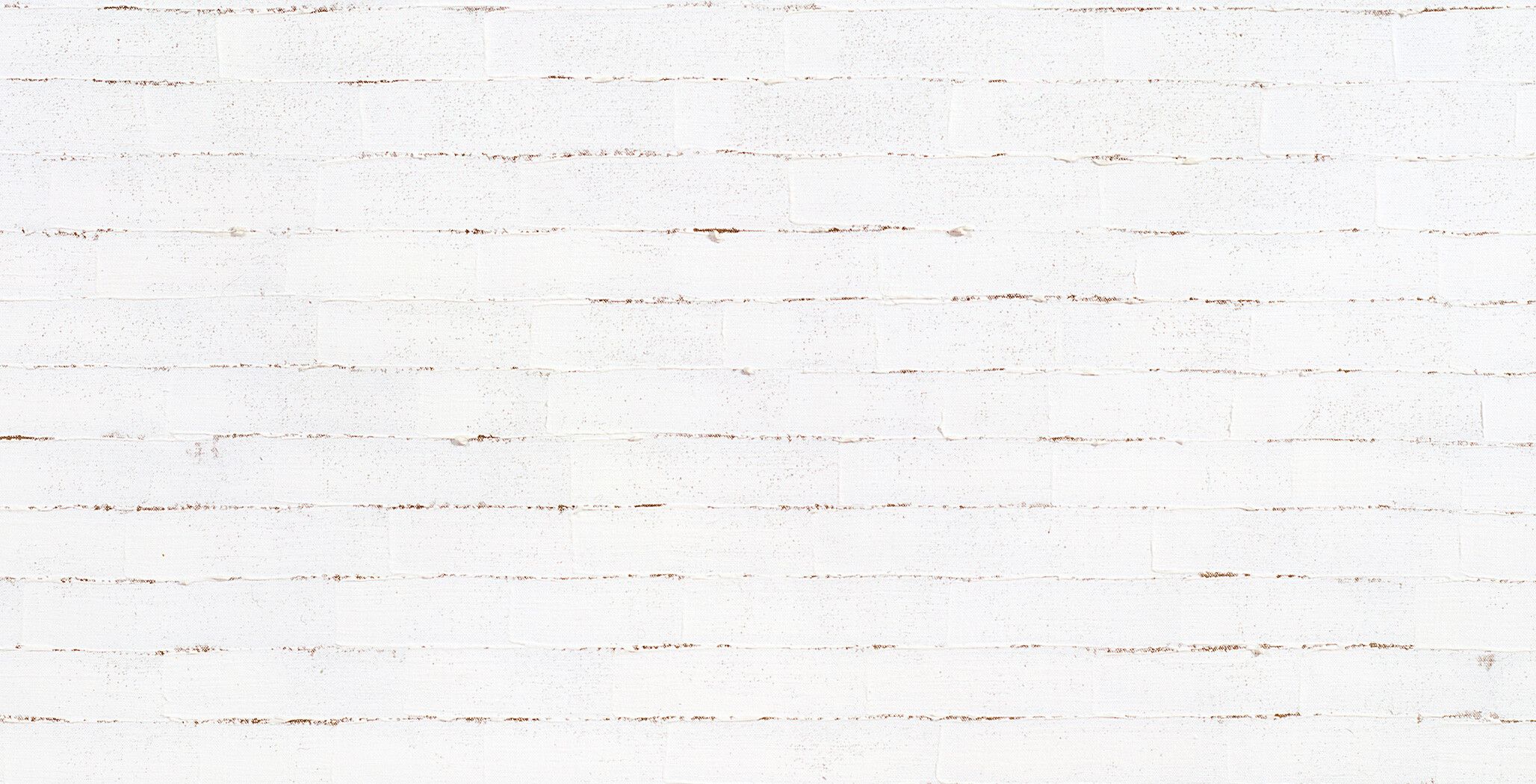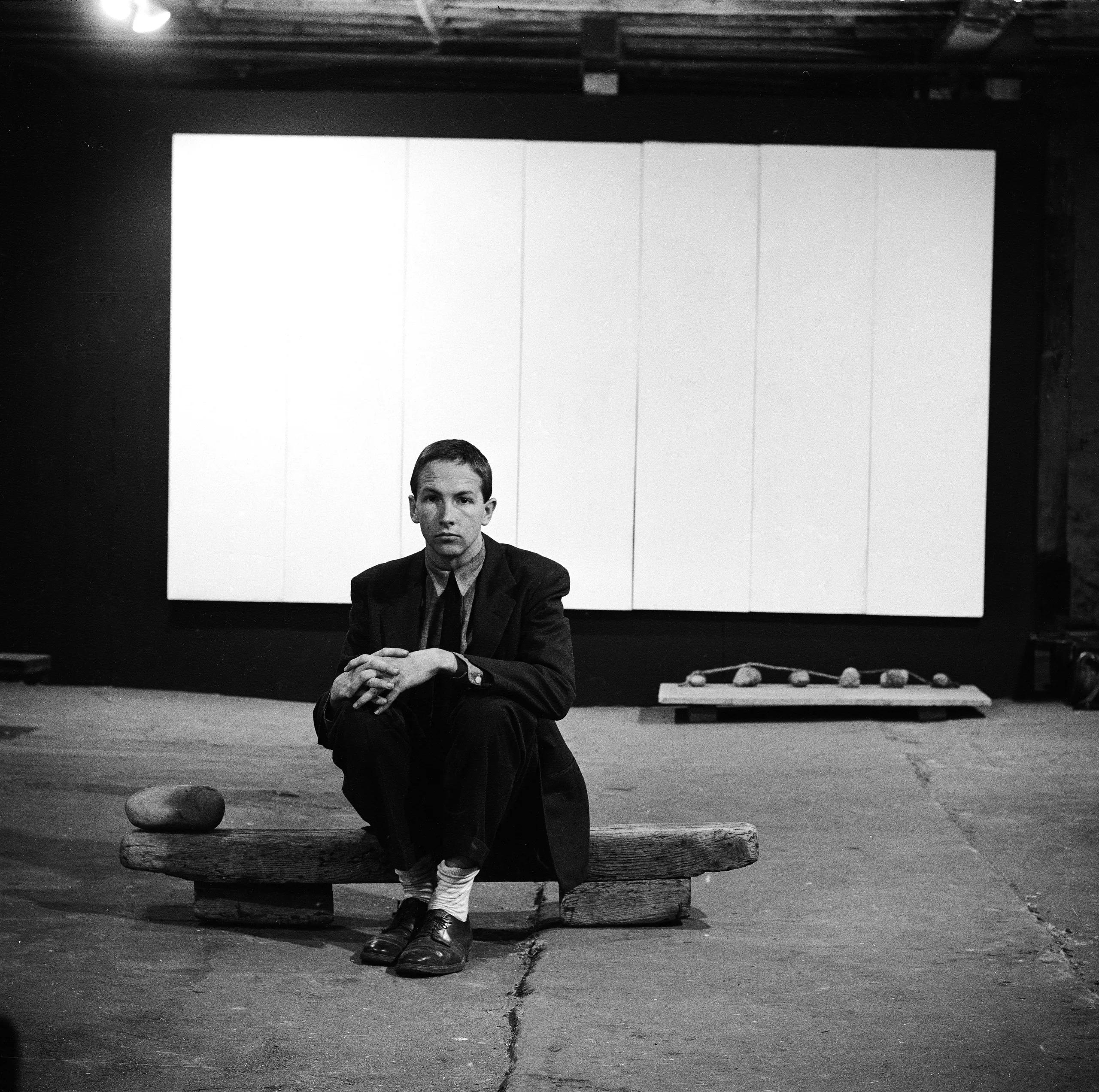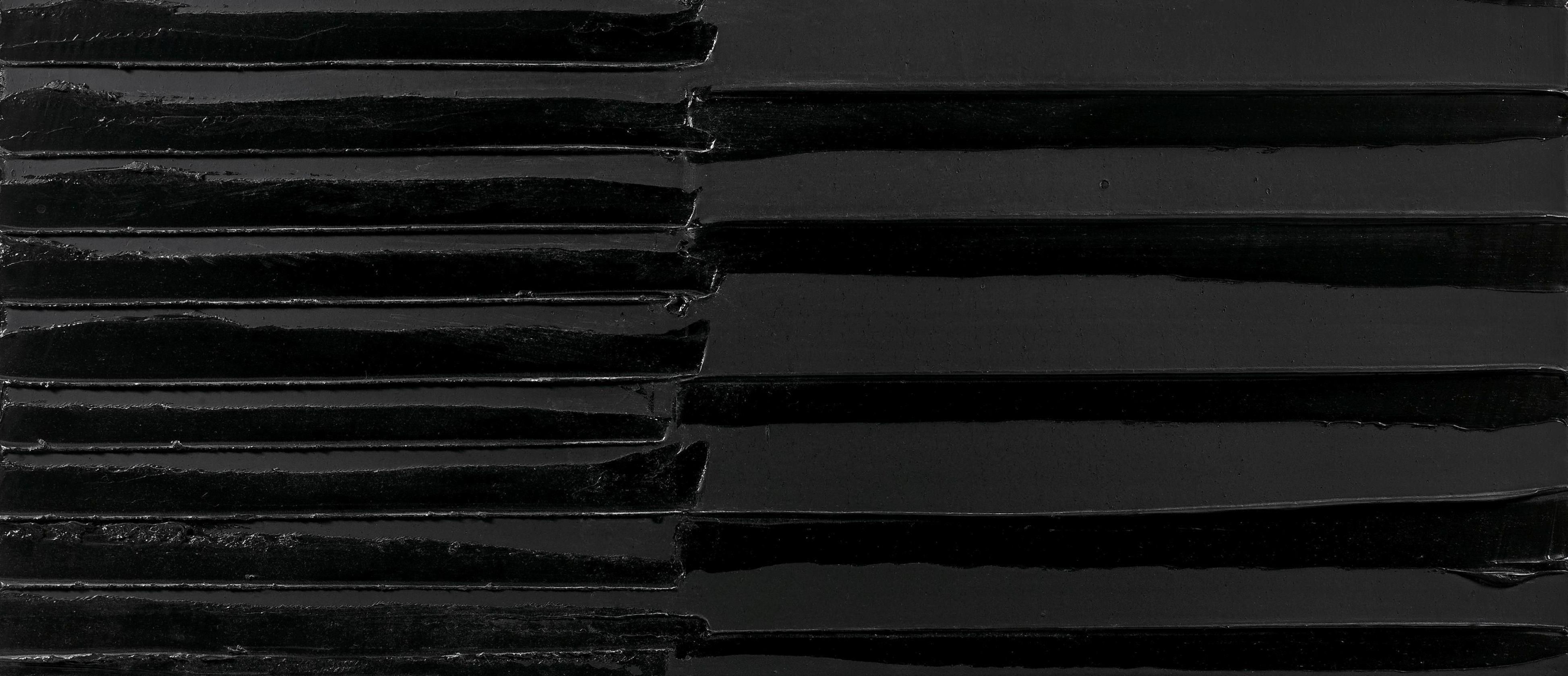
DOCENT RECOMMENDS
Docent goes Monochrome
18/03/2024
Seeking Truth: Exploring the Essence of Monochrome
This week, Docent is celebrating the enchanting appeal of monochrome in art, inspired by the recent opening of the Robert Ryman retrospective at Le Musée de l'Orangerie in Paris.
We invite you to join us on an exploratory journey, as we appreciate the timeless elegance and deep beauty found in the subtleties of monochromatic expression. Be it Agnes Martin's tranquil grids, Kasimir Malevich's groundbreaking Black Square, or Ad Reinhardt's mysterious black paintings, monochrome compositions continue to captivate and inspire us, encouraging reflection and contemplation with each brushstroke.
We invite you to join us on an exploratory journey, as we appreciate the timeless elegance and deep beauty found in the subtleties of monochromatic expression. Be it Agnes Martin's tranquil grids, Kasimir Malevich's groundbreaking Black Square, or Ad Reinhardt's mysterious black paintings, monochrome compositions continue to captivate and inspire us, encouraging reflection and contemplation with each brushstroke.

"I let the surface be the color"
Visitors have been crowding the Musée de l’Orangerie in recent days to explore the retrospective of painter Robert Ryman, an innovator of abstraction and a master of American monochrome. Born in Nashville in 1930, Robert Ryman dedicated his non-figurative pictorial work to the exploration of the color white, invariably using square formats.
This exhibition is an ambitious endeavor for a museum in an era when the art market is enamored with high-color figurative painting. However, the role of museums is not necessarily to follow trends, and this curation choice can be viewed as a desire to return to the fundamentals of painting and its mechanisms, providing perspective on the current period.
Unveiled in all its facets, Robert Ryman's work attests to a significant legacy. It demonstrates that a monochrome piece, especially a white one, is not monotonous and that without the distraction of excessive colors, the sensuality of the painting comes to the fore.
This exhibition is an ambitious endeavor for a museum in an era when the art market is enamored with high-color figurative painting. However, the role of museums is not necessarily to follow trends, and this curation choice can be viewed as a desire to return to the fundamentals of painting and its mechanisms, providing perspective on the current period.
Unveiled in all its facets, Robert Ryman's work attests to a significant legacy. It demonstrates that a monochrome piece, especially a white one, is not monotonous and that without the distraction of excessive colors, the sensuality of the painting comes to the fore.

The importance of the viewer
Following 1945, the non-objective monochrome emerged as a symbol of renewal, serving as a response to the cultural upheaval brought about by World War II. Embracing a single color palette signified a decisive departure from representational art, ushering in an era focused on pure form and abstraction.
During exhibitions, artists like Yves Klein and Barnett Newman faced ridicule, laughter, and even vandalism directed at their monochrome paintings. While art typically provided solace and diversion, audiences found themselves unsettled and challenged by the stark simplicity of monochrome works, questioning their traditional perceptions of art.
The Monochrome strength lies in its capacity to lead viewers on an introspective journey, stripping away distractions to focus solely on the interplay of light, shadow, and texture within a single spectrum of color. This deliberate simplification intensifies the viewer's experience.
During exhibitions, artists like Yves Klein and Barnett Newman faced ridicule, laughter, and even vandalism directed at their monochrome paintings. While art typically provided solace and diversion, audiences found themselves unsettled and challenged by the stark simplicity of monochrome works, questioning their traditional perceptions of art.
The Monochrome strength lies in its capacity to lead viewers on an introspective journey, stripping away distractions to focus solely on the interplay of light, shadow, and texture within a single spectrum of color. This deliberate simplification intensifies the viewer's experience.

Color as a concept
For numerous artists, the pursuit of monochrome transcended mere technical or material experimentation; it became a profound challenge against time, tradition, and entrenched ideas. Alexander Rodchenko, the luminary of Russian constructivist art, fervently sought to distill painting to its essence, famously declaring his work "Pure Red Color, Pure Yellow Color, Pure Blue Color" (1921) as "the last possible painting." Similarly, French artist Pierre Soulages redefined black in his "Outrenoirs," imbuing them with transformative power that surpassed conventional titles, emphasizing materiality and presence. Meanwhile, Pier Paolo Calzolari, a cornerstone of Arte Povera, elevated humble materials in pieces like "Bois noir," ingeniously assembling burnt wooden boards to craft poignant monochromes, their simplicity and raw beauty echoing profound narratives.

Where are we with the Monochrome now?
In contemporary art, the legacy of monochrome continues to evolve as artists explore its enduring relevance and potential for innovation. Renowned artists such as Olafur Eliasson, Sarah Morris, and Mary Corse have revitalized the monochromatic tradition, infusing it with new meaning and experimentation. Through their diverse approaches, they push the boundaries of perception, materials, and techniques, breathing new life into this timeless aesthetic.